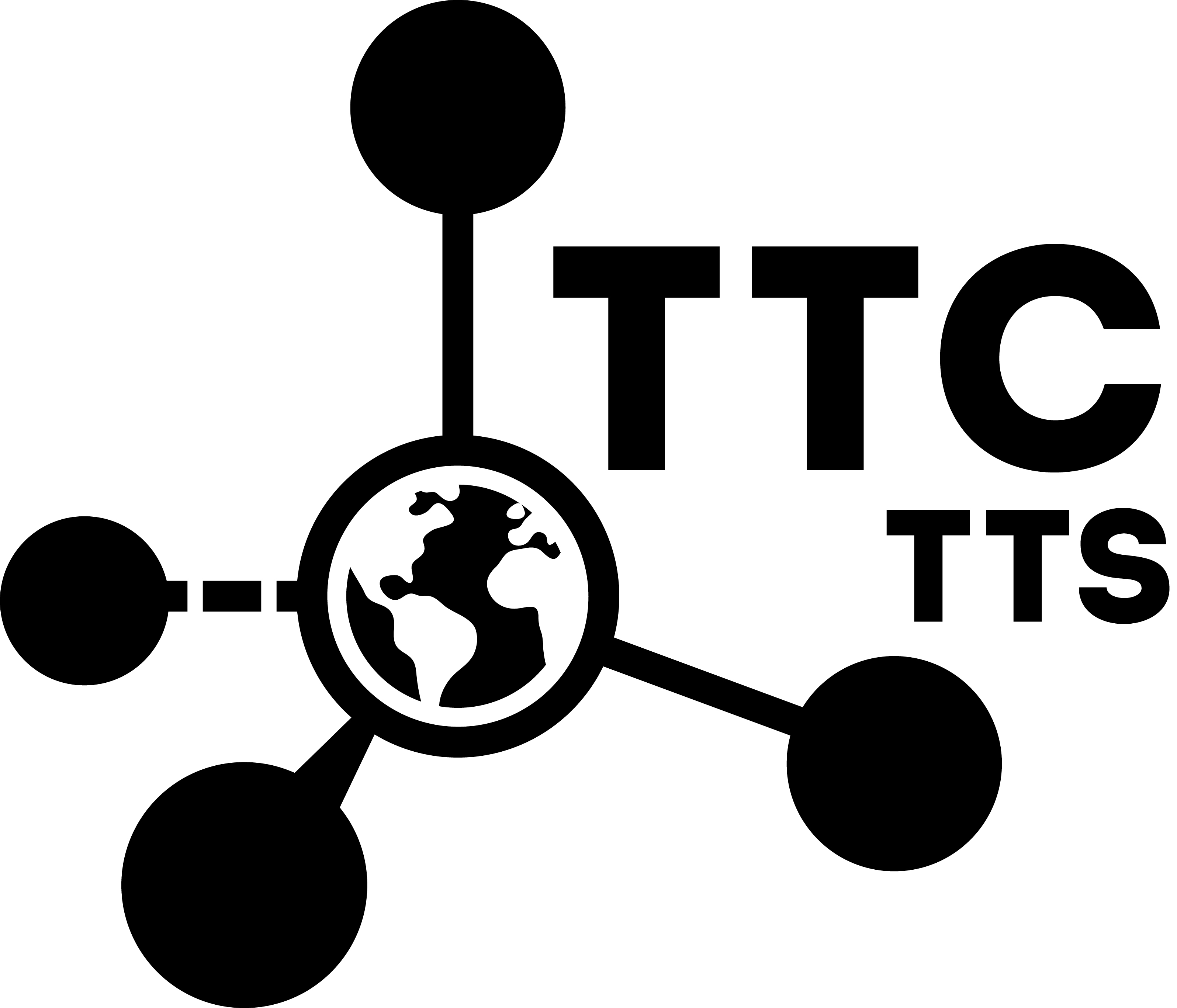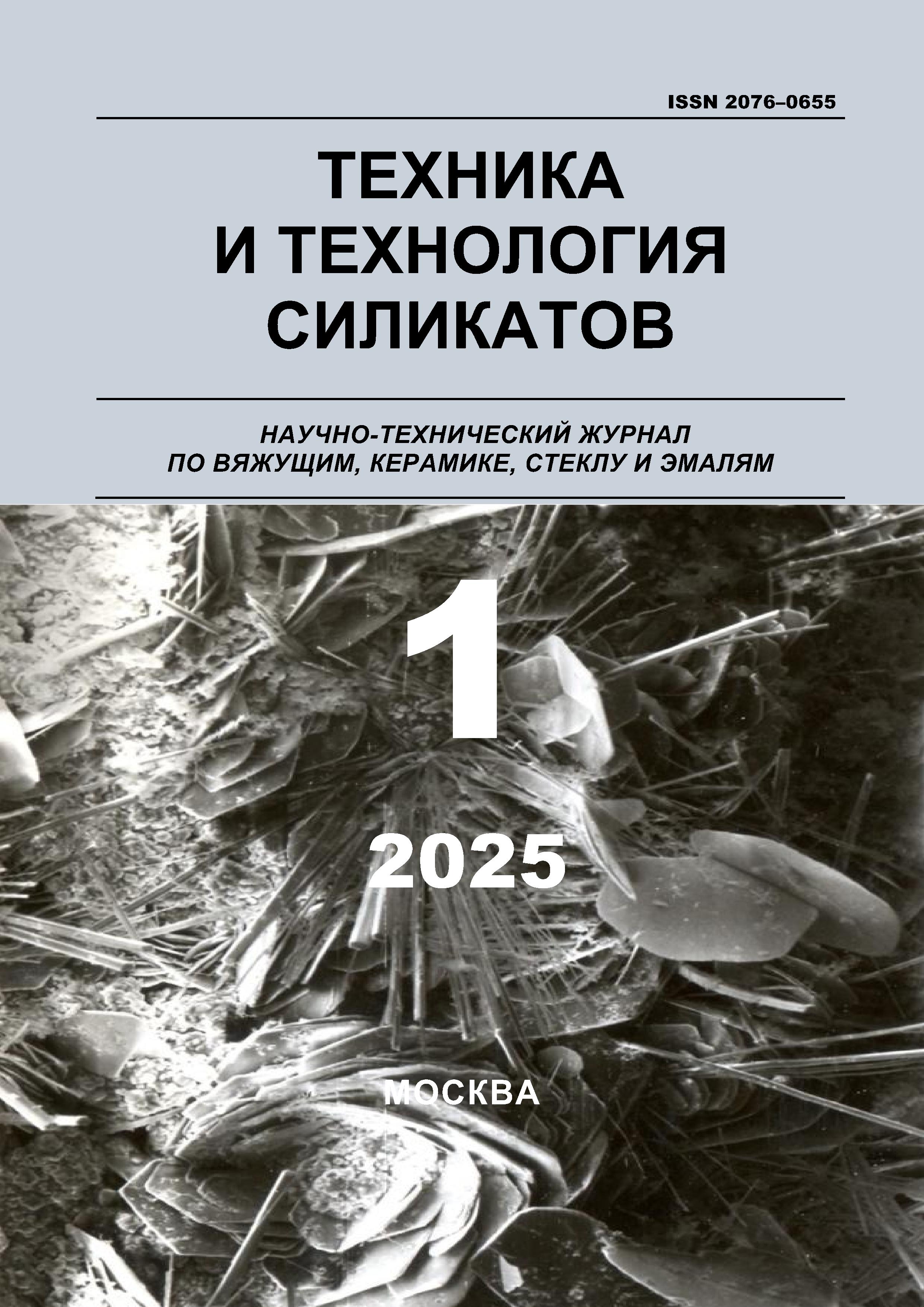employee
Moscow, Moscow, Russian Federation
employee
Moscow, Moscow, Russian Federation
employee
Moscow, Moscow, Russian Federation
employee
Moscow, Moscow, Russian Federation
employee
Moscow, Moscow, Russian Federation
UDC 691.175.5/.8
CSCSTI 81.09
Russian Classification of Professions by Education 18.06.01
Russian Library and Bibliographic Classification 303
Russian Trade and Bibliographic Classification 60
Epoxy foams with their high technologic parameters and performance characteristics have a special place in a field of poly-mer insulation materials based on reactive oligomers. However, polyepoxy foams are highly flammable, which significantly lim-its their use in the construction industry. The purpose of the work is to develop effective methods for reducing the flammability of cast epoxy foams and increasing physical and mechanical properties. Research objectives: to establish the influence of the chem-ical nature and content of additive and reactive bromine- and phosphorus-containing compounds on the heat resistance, flam-mability and performance properties of cast epoxy foams and to develop low-flammability polyepoxy foams with high physical and mechanical characteristics. The thermal properties of epoxy foams were studied using a DuPont-9900 multimodular thermal analytical complex. Experimental data on the influence of the apparent density of polyepoxy foams and the oxygen concentration in the oxidizer flow on the speed of flame propagation along the horizontal surface of polyepoxy foams are presented. It was re-vealed that the chemical nature of amine hardeners has virtually no effect on the heat resistance and flammability of polyepoxy foams. It has been established that phosphate plasticizers are ineffective flame retardants for polyepoxy foams, and the chemical structure of additive organobromine flame retardants has little effect on their effectiveness. It has been shown that microencap-sulated flame retardants are inferior in flame extinguishing efficiency to additive flame retardants. It was revealed that effective flame retardants for casting polyepoxy foams are phosphorus-containing oligoester methacrylate and epoxidized waste from the production of tetrabromdiphenylol propane.
flame retardants, flammability, apparent density, oxygen index, modifiers, polyepoxy foams, plasticizers, strength, flame spread rate, heat resistance
1. Gur'ev V.V., Zhukov A.D., Eremeev V.E., Zheludov V.S., Semenov V.S., Bobrova E.Yu. Teplovaya izolyaciya v promysh-lennosti. Teoriya, materialy i sistemy izolyacii. - M.: NIU MGSU, 2021. – 184 s.
2. Berlin A.A., Shutov F.A. Himiya i tehnologiya gazona-polnennyh vysokopolimerov. - M.: Nauka, 1980. - 503s.
3. Dement'ev A.G., Tarakanov O.G. Struktura i svoystva penoplastov. - M.: Himiya, 1983. - 176s.
4. Klempner D. Polimernye peny i tehnologii vspeniva-niya: per. s angl. Pod red. A.M. Chebotarya – SPb: Profes-siya, 2009. – 600s.
5. Saharov V.I. Penoepoksidnaya teploizolyaciya sooruzhe-niy v rabotah s surovym klimatom. – L.: Stroyizdat, Le-ningr. Otdelenie, 1980. – 144s.
6. Fedosov S.V., Malbiev S. A., Kusenpova A.A. i dr. So-stoyanie i perspektivy primeneniya polimernyh teplo-izolyacionnyh materialov v stroitel'stve // Vestnik Po-volzhskogo GTU. Seriya: Materialy. Konstrukcii. Tehno-logii. - 2018. - №3. - S.26-43.
7. Kolosova A.S., Pikalov E.S. Sovremennye gazonapol-nennye polimernye materialy i izdeliya // International journal of applied and fundamental research. - 2020. - №10. – S. 54 - 67.
8. Chernin I.Z., Smehov F.M., Zherdev Yu.Z. Epoksidnye polimery i kompozicii. – M.: Himiya, 1982. – 232s.
9. Hozin V.G. Usilenie epoksidnyh polimerov. – Kazan': Izd-vo PIK «Dom pechati», 2004. – 446s.
10. Panina N.N., Chursova L.V., Babin A.N., Grebneva T.A., Gurevich Ya.M. Osnovnye sposoby modifikacii epoksid-nyh polimernyh materialov v Rossii. //Vse materialy. Enciklopedicheskiy sbornik. – 2014. - №9. – S. 10-17.
11. Ushkov V.A., Grigoreva L.S., Abramov V.V. Goryuchest' epoksidnyh polimerov // Vestnik MGSU. – 2011. - №1. – Tom 2. – S. 352-356.
12. Mihaylin Yu.A. Teplo-, termo- i ognestoykost' poli-mernyh materialov. –SPb: Nauchnye osnovy i tehnolo-gii, 2011- 416s.
13. Barbat'ko S.L., Vol'nyy O.S., Kirienko O.A., Shurkova E.N. Ocenka pozharobezopasnovti polimernyh materialov aviacionnogo naznacheniya: analiz sostoyaniya, metody is-pytaniy, perspektivy razvitiya, metodicheskie osobenno-sti. – M.: VIAM, 2018. – 424s.
14. Yusuf M. A review on flame retardant textile finishing: current and future trends // Current Smart. Mater. - 2018. -V. 3. - №. 2. - P. 99-108, http://dx.doi.org/10.2174/2405465803666180703110858
15. Jadhav S.D. A review of non-halogenated flame retardant // Farm, Innov, J, - 2018. - V. 7. - №. 5. - P. 380-386.
16. Seidi F., Movahedifar B., Naderi G., Akbari V., Ducos F., Shamsi “habi HL, Saeb MLR. Flame Retardant Polypropyl-enes: A Review // Polimers. - 2020, -V. 12. -№. 8. -1701. https://doi.org/10.3390/polym1208 1701
17. Islam M. S., van de Ven T. G. M. Cotton-based flame-retardant textiles: Areview" // BioResources. - 2021. -V. 16, - №. 2. - P. 4354-4381.
18. Wang X., Li Y., Meng D., Gu X., Sun J., Hu Y., Bourbigot S., Zhang S. A eview on Flame-Retardant Polyvinyl Alcohol: Additives and Technologies // Polym. Rey. - 2023. - V. 63. - №. 2. -P. 324-364. https://doi.org/10.1080/15583724.2022.2076694.
19. Jadav A., de Sousa FE P., Dawsey T., Gupta R.R Recent Advancements in Flame-Retardant Polyurethane Foams: A Review // Ind. Eng. Chem, Res, - 2022. - V. 61. - №. 41. - P. 15046-15065. https://orcid.org/0000-0001-5355-3897
20. Mosavi A.I. Flame Retardants, Their Beginning, Types, and Environmental Impact: A Review // Epitoanyag-J. Sili-cate Compos. Mater, - 2022. - V. 74. - №. 2. -P. 2-8, http://dx.doi.org/10.143 82/epitoanyag-jsbcm.2022.01.
21. Rudnickaya Yu.R., Panfilova D.A., Lavrov N.A. Ogne-stoykie epoksidno-novolachnye penoplasty // Plastiche-skie massy. – 2020 - №11-12. – S. 41-44.
22. Lalayan V.M., Stepanov M.V., Ushkov V.A., Kondrikov B.N. Skorost' rasprostraneniya plameni po poverhnosti penoplastov // Himicheskaya fizika. – 1992. – Tom 11. - №10. – S. 1378-1382.
23. Ushkov V.A., Kopytin A.V., Selunev V.A., Smirnov V.A. Effektivnost' bromorganicheskih antipirenov v epok-sidnyh kompozicionnyh materialah // Pozharovzryvo-bezopasnost'. – 2017 - Tom 26. - №7. – S. 5-15.
24. Barshteyn R.S., Kirillovich V.M., Nosovskiy Yu.E. Pla-stifikatory dlya polimerov. – M.: Himiya, 1982. – 186s.
25. Ushkov V.A., Nevzdorov D.I., Bulgakov B.I., Lalayan V.M. Vliyanie plastifikatorov na pozharnuyu opasnost' poli-mernyh stroitel'nyh materialov// Stroitel'nye mate-rial. – 2014. - №3. – S. 96-101.
26. Ushkov V.A., Nevzdorov D.I., Lalayan V.M., Lomanin S.M. O vliyanii ftalatnyh i fosfatnyh plastifikatorov na vosplamenyaemost' i dymoobrazuyuschuyu sposobnost' kompozicionnyh materialov // Pozharovzryvobezopas-nost'. – 2013. – Tom 22. - №10. – S. 25-33.
27. Halturinskiy N.A. O mehanizme deystviya galogenso-derzhaschih ingibitorov // Vse materialy. Enciklopediche-skiy sbornik. – 2009. - №12. – S. 22-30.
28. Halturinskiy N.A. O mehanizme deystviya galogenso-derzhaschih ingibitorov // Vse materialy. Enciklopediche-skiy sbornik. – 2009. - №12. – S. 30-37.
29. Ushkov V.A., Goyunova A.V., Zolotarev M.E., Ushkov M.V. Vliyanie fosforsoderzhaschih antipirenov na pokazateli pozharnoy opasnosti gazonapolnennyh polimerov na os-nove reakcionnosposobnyh oligomerov// Pozharovzryvo-bezopasnost'. – 2023. - Tom 32. - №3. – S. 41-53.













